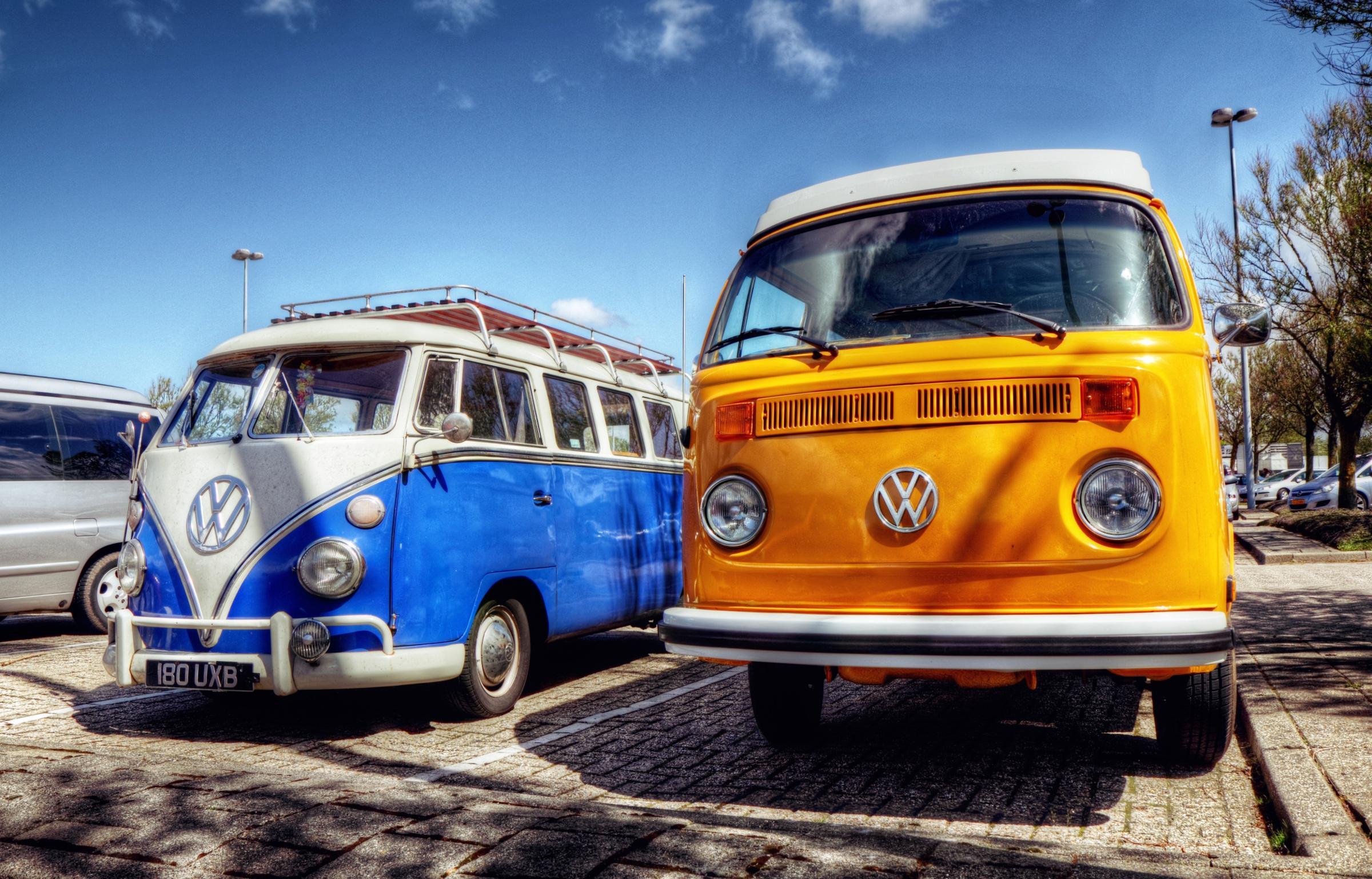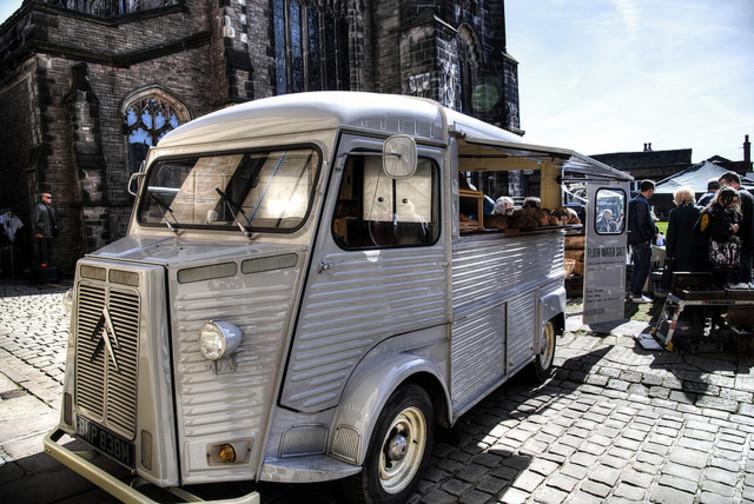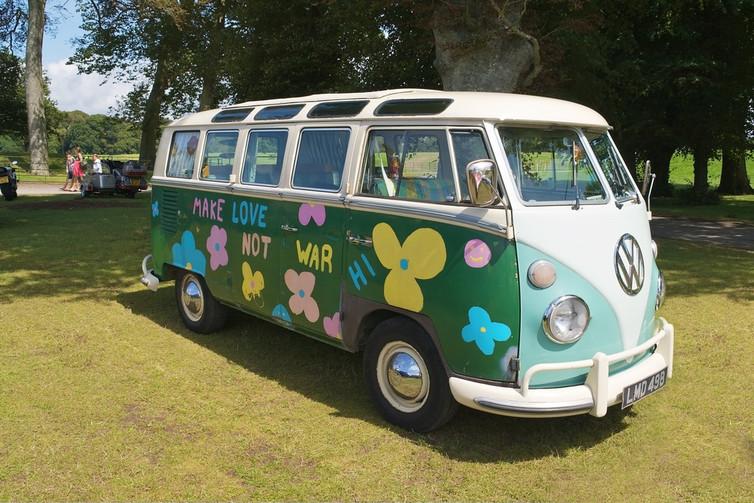How did the VW camper turn into a £90,000 icon?
Auctioneers have put a record price tag on the ultimate symbol of sixties counterculture and vintage nostalgia

Only a handful of cars have ever managed to be considered both cute and cool at the same time. Fewer still acquire the kind of status that makes them sought-after collectors’ pieces in old age. Volkswagen’s original camper van has been firmly in this category for some time, and its position appeared to be confirmed after auctioneers set a top guide price at a record £90,000 for a pristine example due for sale.
These days, the VW camper is a ubiquitous feature of festival season or the summer surf scene, but it started life as a direct descendant of that other German classic, the Beetle. It came about only because of a suggestion and accompanying drawings made in 1947 by Dutch VW importer Ben Pon which imagined a cargo carrying vehicle or transporter on the chassis of the VW Beetle.
The concept of a small transporter was not new to the world. Europe’s bakers, tradesmen, plumbers, and others had been relying on compact vehicles with around half a ton of load capacity for decades. What was new after the World War II though was the idea of shortening the vehicle as much as possible to make it easier to manoeuvre in European cities, and to maximise cargo space.

VW wasn’t the only manufacturer trying to plug this gap in the market. All delivered an improvement over the long-bonneted, space-inefficient vehicles from before the war, but equally they all still had at least a bit of a “nose” which took up a sizeable portion of the vehicle’s overall length. Even worse, the pug-nosed vehicles built mostly by French companies managed to keep the length in check, but at the expense of driver comfort, pushing their engines in between the front seats to save space.
Affection
The VW van – sometimes known as the Type 2 (the Beetle was Type 1) – changed all this by shifting its air-cooled engine to the back altogether, allowing the driver and passenger to enjoy a relatively spacious compartment without much engine noise or engine heat. Driving the Type 2 was, in fact, a surprisingly refined and comparably quiet affair because of this, but also because of the very advanced suspension system VW employed.
This was an independent suspension for all four wheels, adapted from the Beetle. It did away with the crude, rigid axles and leaf springs that made rival vans a punishing experience, and offered road holding and handling that was superior even to some family cars. It might seem a quaintly ramshackle drive by modern comparisons, but the advanced and unconventional technology the van used in the middle of the last century helped build the reputation and customer affection that survives to this day.

Body construction was adaptable, and a large number of different types emerged over time, including delivery vans and micro passenger buses with any number of windows and window configurations. There were pickups, crew cabs with four doors, and, obviously, campers – some with folding roofs or raised roofs.
This cheap, durable, economical, comfortable vehicle spread all over the world, gaining a following everywhere it went. Its popularity reached the point where VW decided to produce it in more countries, including Australia, Argentina, and Brazil. Production continued in Latin America well over four decades after production of the Type 2 had ceased in Germany in 1967.
Counterculture
No competitor has ever managed to duplicate the factors that made the VW van such a success, or find the secret sauce behind its charisma and desirability.
One key reason for this may well be coincidence. You see, the VW Type 2, in all its guises, became closely associated with the hippie movement through the 1960s and 1970s, and with the progressive intellectual concepts of the time. An image was built that lasts till today. Mention the word “hippie van”, and no one thinks of a Toyota. The image that comes to mind is a flower-adorned VW camper with big eyes, being driven down a coastal highway in California by counterculture types in flared trousers, playing guitars and nursing impossible hairdos on beaches south of San Francisco.

VW really lucked out by having a monopoly at the right time as the sole purveyor of friendly-looking, economical campers that were easily recognisable as non-American just when that counterculture movement struck in the US. Friendly people with flowers in their hair began to drive them, live in them, attend open air festivals in them, and generally made them into the vehicle we all associate with the hippie movement to this day.
That combination of simple, wholesome German design and a dope-fuelled, tree-hugging spirit fulfilled some fundamental needs. Many can afford and run a small, reliable, well-engineered vehicle, especially when you can also live in it. Fuel consumption was low by comparison with US trucks at the time, and the possibilities for personalisation and adaptation allowed a break from conformity.
Driving a Type 2 meant being a rebel, and so it came about that the Type 2 spirit remains very much alive and valued among festival goers, middle-class enthusiasts and collectors alike. Whether endorsing a mainstream hippie image actually honours the real hippie founding spirit is a debate for another time, but it doesn’t matter; the vehicle symbolises the philosophy in one handy package, and that’s that.
VW has never quite managed to rekindle the concept; the Type 2 has been a hard act to follow for its maker as well as its rivals. The current version is a refined, quality vehicle but frankly rather dull. Perhaps, though, the next VW to capture the imagination of enthusiasts with £90,000 to spare could come from the new frontier of automotive tech, just as the Type 2 did in its time. No one can fail to see the powerful echoes of the original VW camper in the company’s plans for the ID Buzz – a familiar looking, timely, electric, self-driving van launched earlier this year.
Chris Ebbert is a senior lecturer in product design at Nottingham Trent University. This article was originally published on The Conversation (www.theconversation.com)
Join our commenting forum
Join thought-provoking conversations, follow other Independent readers and see their replies
Comments